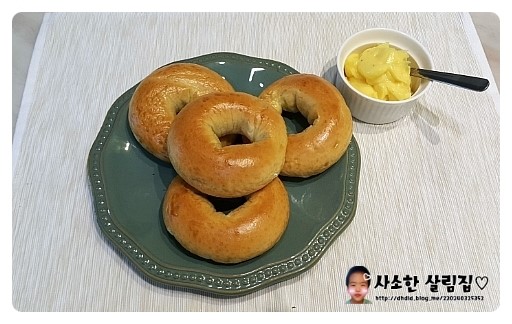
Plain Bagel
It's a savory and chewy plain bagel
6 serving
Within 999 minutes

꼼지락엄마
- Ingredients
-
-
Strong flour500g
-
egg1ea
-
Water1TS
-
Sugar2ts
-
Salt1.5ts
-
Instant Dryist1ts
-
Water300ml
-
olive oil2TS
-
Water2L
-
Sugar50g
-
- Cooking Steps
-
STEP 1/30Put the strong flour on a sieve and prepare it.
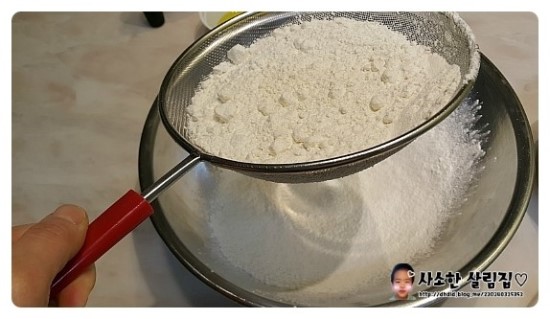 STEP 2/30Put the strong flour in a bowl and add instant dry yeast. There are many kinds of yeast, but it is convenient to use in many ways by instant dry yeast. Of course, it would be better to use fermented paper or raw yeast using natural yeast, but instant dry yeast is convenient to use at home simply.
STEP 2/30Put the strong flour in a bowl and add instant dry yeast. There are many kinds of yeast, but it is convenient to use in many ways by instant dry yeast. Of course, it would be better to use fermented paper or raw yeast using natural yeast, but instant dry yeast is convenient to use at home simply.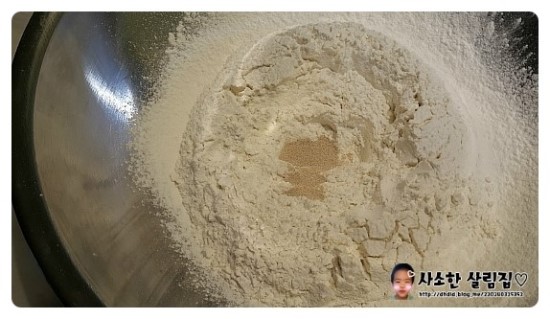 STEP 3/30Add yeast, sugar, salt, and warm water to start the dough.
STEP 3/30Add yeast, sugar, salt, and warm water to start the dough.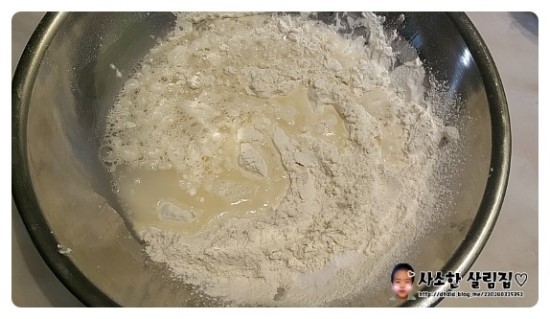 STEP 4/30First, mix it gently with a silicon spatula,
STEP 4/30First, mix it gently with a silicon spatula,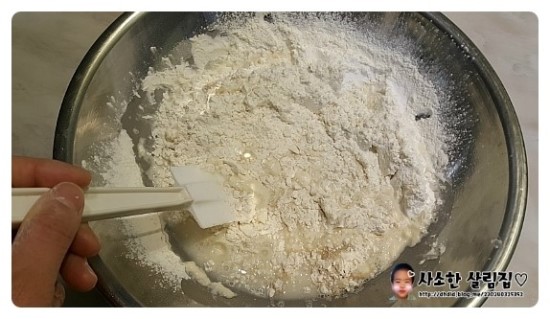 STEP 5/30Let's start the dough.
STEP 5/30Let's start the dough.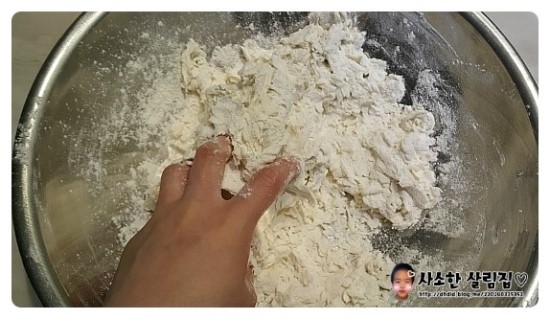 STEP 6/30When the ingredients are roughly mixed and the inside of the bowl is somewhat clean, add olive oil. I knead the delicious Pocaccia with olive oil.
STEP 6/30When the ingredients are roughly mixed and the inside of the bowl is somewhat clean, add olive oil. I knead the delicious Pocaccia with olive oil.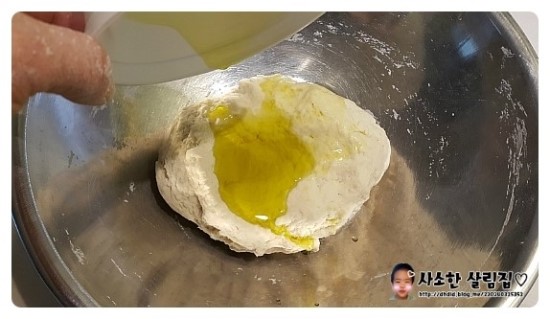 STEP 7/30Let's start the dough.
STEP 7/30Let's start the dough.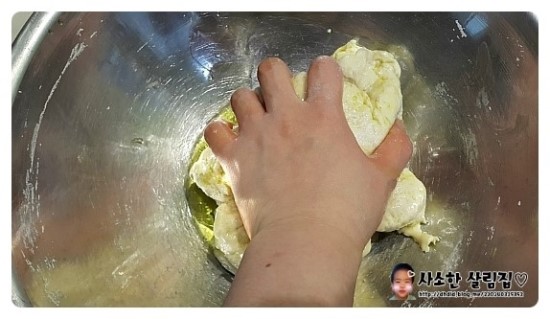 STEP 8/30My cheeks are clean now.
STEP 8/30My cheeks are clean now.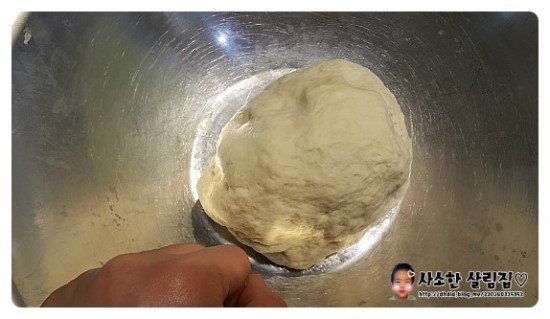 STEP 9/30It's not smooth yet. The surface is really rough, right??
STEP 9/30It's not smooth yet. The surface is really rough, right??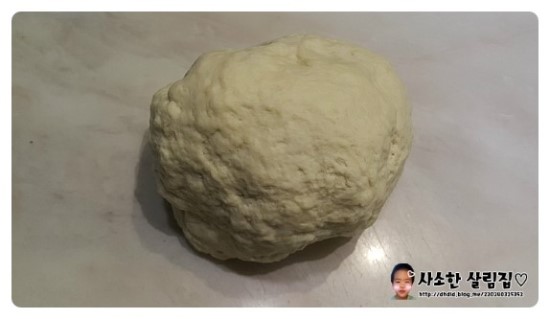 STEP 10/30In this position, pat it for another 10 minutes.
STEP 10/30In this position, pat it for another 10 minutes.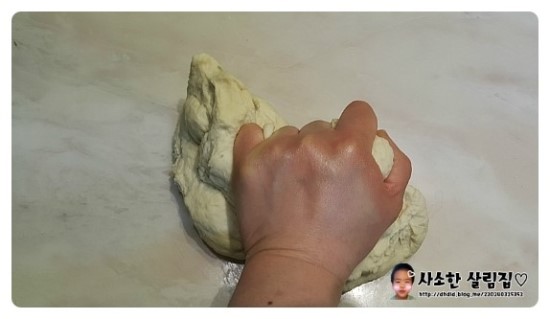 STEP 11/30The dough got smooth I'll finish the dough here.
STEP 11/30The dough got smooth I'll finish the dough here.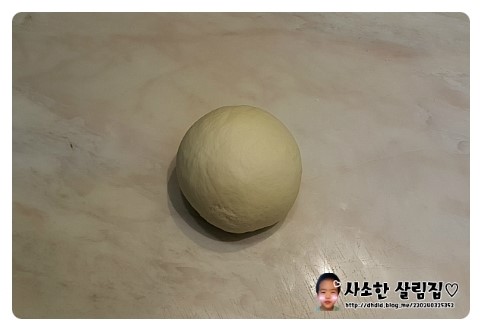 STEP 12/30Round the smooth dough and start the double-hot fermentation. The first fermentation is about an hour. Cover the cotton cloth to make it more fermented.
STEP 12/30Round the smooth dough and start the double-hot fermentation. The first fermentation is about an hour. Cover the cotton cloth to make it more fermented.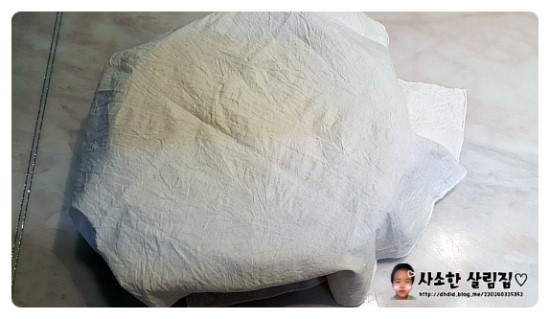 STEP 13/30The fermentation is over. It's doubled.
STEP 13/30The fermentation is over. It's doubled.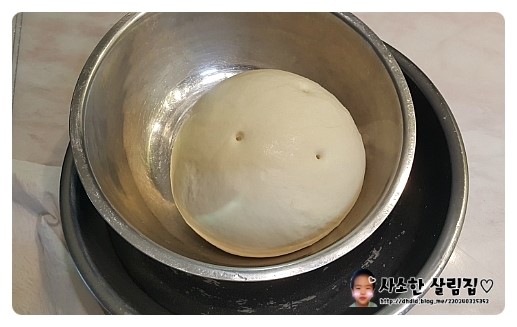 STEP 14/30Let's do a finger test. The dough doesn't come up, and it's still there while maintaining the shape of the fingers. Let's split it now.
STEP 14/30Let's do a finger test. The dough doesn't come up, and it's still there while maintaining the shape of the fingers. Let's split it now.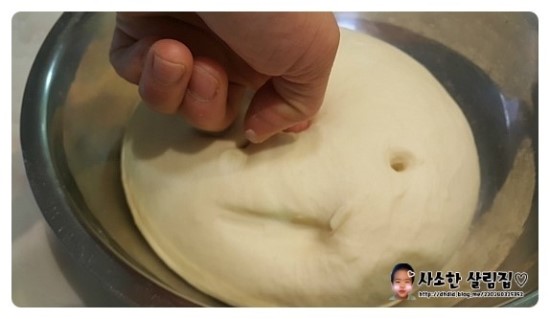 STEP 15/30After the first fermentation, the dough is divided into 80g pieces and rounded.
STEP 15/30After the first fermentation, the dough is divided into 80g pieces and rounded.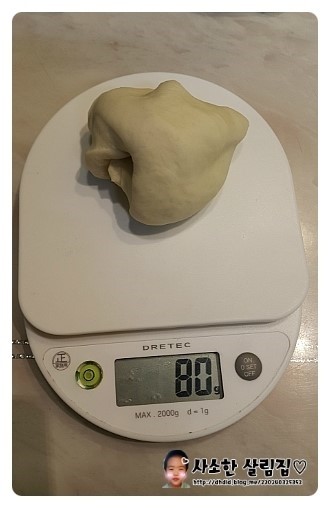 STEP 16/30I got 10.
STEP 16/30I got 10.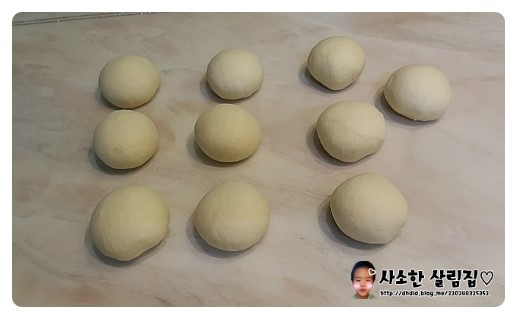 STEP 17/30Allow the injured dough to rest through intermediate fermentation. It takes about 10 minutes.
STEP 17/30Allow the injured dough to rest through intermediate fermentation. It takes about 10 minutes.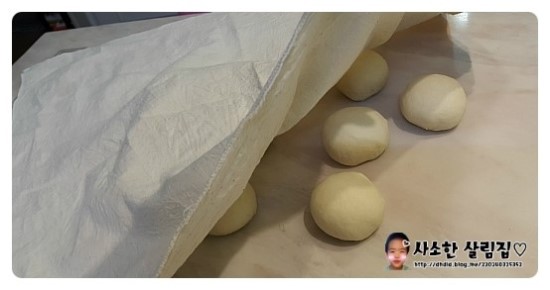 STEP 18/30Press the dough flat and fold in both ends.
STEP 18/30Press the dough flat and fold in both ends.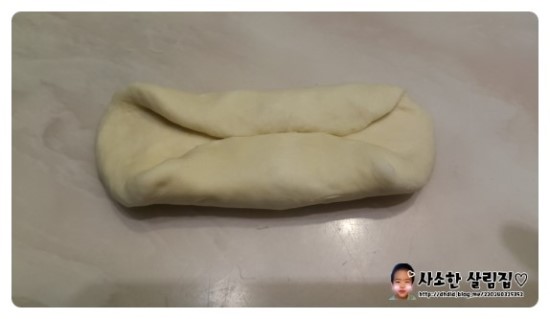 STEP 19/30Fold both ends, fold the dough in half, and open it tightly with your fingertips.
STEP 19/30Fold both ends, fold the dough in half, and open it tightly with your fingertips.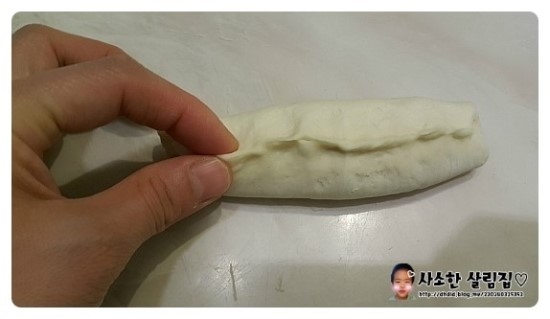 STEP 20/30Roll the dough gently into a long rod shape.
STEP 20/30Roll the dough gently into a long rod shape.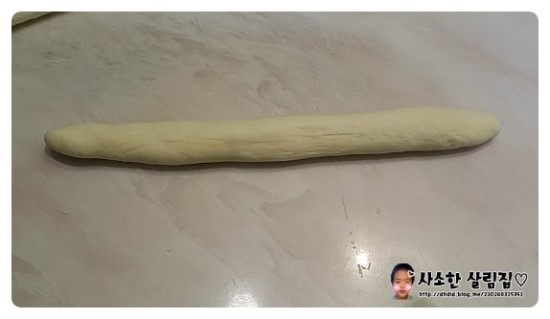 STEP 21/30Press one end flat to apply water.
STEP 21/30Press one end flat to apply water.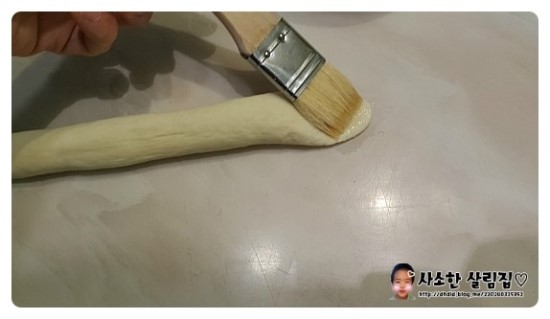 STEP 22/30Place the wet side on the other end and roll it round (wrap it up) into a round donut shape.
STEP 22/30Place the wet side on the other end and roll it round (wrap it up) into a round donut shape.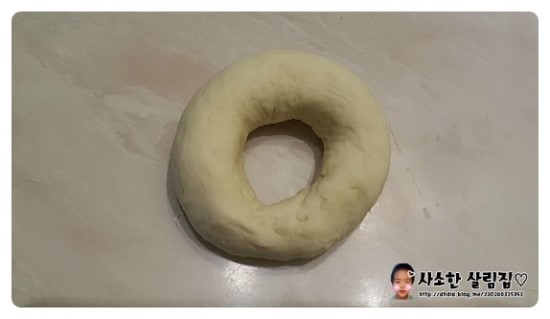 STEP 23/30I molded all 10 doughs. Now the second fermentation begins.
STEP 23/30I molded all 10 doughs. Now the second fermentation begins.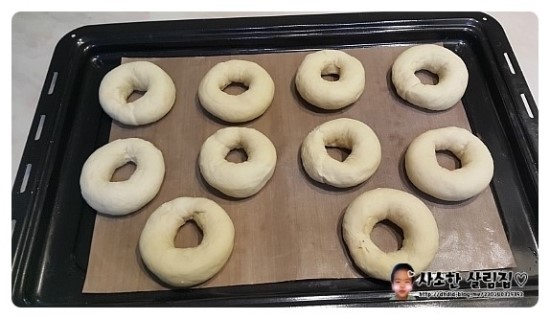 STEP 24/30Place the cloth-covered dough in a warm oven. Add a bowl of warm water to adjust the humidity and ferment it for 30 minutes.
STEP 24/30Place the cloth-covered dough in a warm oven. Add a bowl of warm water to adjust the humidity and ferment it for 30 minutes.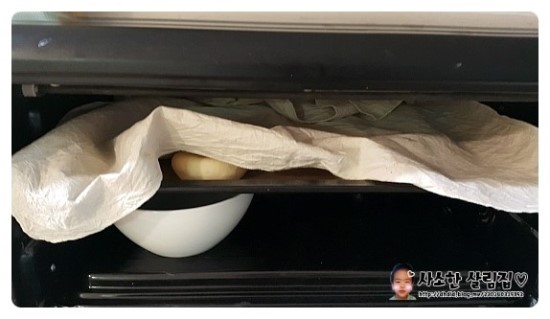 STEP 25/30Boil the water in a pot with sugar and water over high heat. Bagels are blanched before baking. Through this process, you can get the unique texture of bagels. Here are the characteristics of the bagel's hard outer skin and soft and chewy inner flesh.
STEP 25/30Boil the water in a pot with sugar and water over high heat. Bagels are blanched before baking. Through this process, you can get the unique texture of bagels. Here are the characteristics of the bagel's hard outer skin and soft and chewy inner flesh.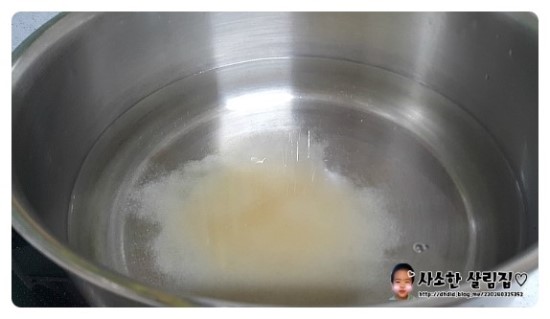 STEP 26/30It's the 2nd batch of dough Now blanch the dough in water for 1 minute.
STEP 26/30It's the 2nd batch of dough Now blanch the dough in water for 1 minute.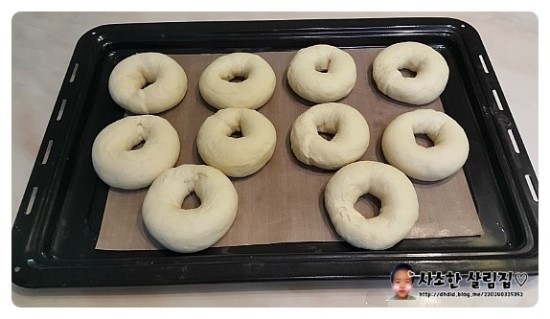 STEP 27/30Blanch the ring-shaped dough in water for 1 minute. In order to increase the thermal conductivity, it is made into an empty ring in the middle.
STEP 27/30Blanch the ring-shaped dough in water for 1 minute. In order to increase the thermal conductivity, it is made into an empty ring in the middle.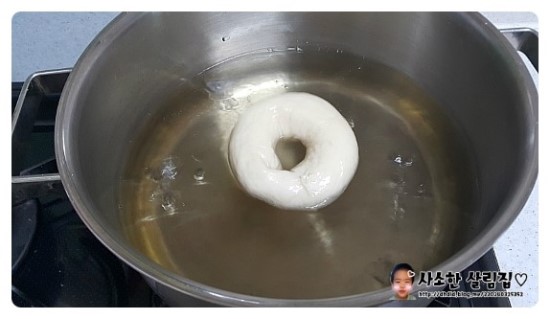 STEP 28/30Blanch and spread enough egg water on the blanching dough. If you apply egg water, the part will be baked brown, so you can see the decorative effect and the coating effect by forming a film on the surface. So it prevents the bread from getting dry to some extent because the moisture is gone.
STEP 28/30Blanch and spread enough egg water on the blanching dough. If you apply egg water, the part will be baked brown, so you can see the decorative effect and the coating effect by forming a film on the surface. So it prevents the bread from getting dry to some extent because the moisture is gone.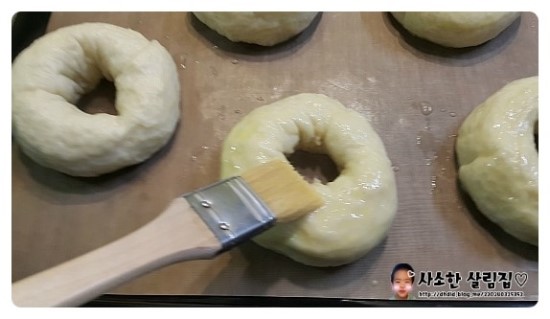 STEP 29/30The bagels are ready to bake.
STEP 29/30The bagels are ready to bake.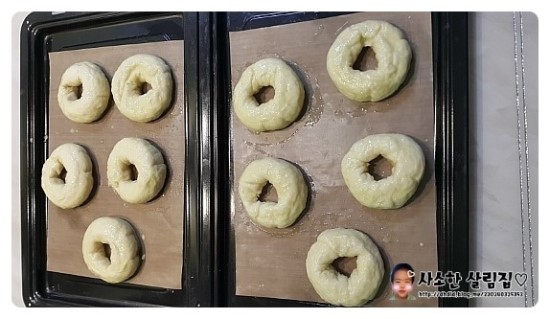 STEP 30/30Place the dough in an oven preheated to 190 and bake for about 15 minutes. At first, it looks wrinkled, but it will be reborn as a bouncy bagel while baking under heat in the oven.
STEP 30/30Place the dough in an oven preheated to 190 and bake for about 15 minutes. At first, it looks wrinkled, but it will be reborn as a bouncy bagel while baking under heat in the oven.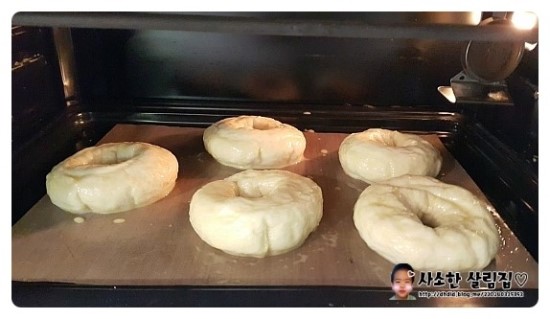
- Cooking review
-
5.00score
-

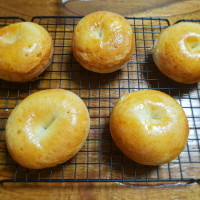 849*****scoreIt's good! I made it smaller when I kneaded it, so the hole disappearedIt looks like I pressed the middle of the round breadBut it was really good! Thank you for the recipe :)2019-01-17 19:52
849*****scoreIt's good! I made it smaller when I kneaded it, so the hole disappearedIt looks like I pressed the middle of the round breadBut it was really good! Thank you for the recipe :)2019-01-17 19:52 -

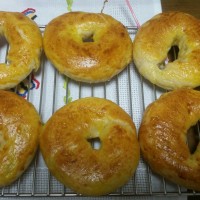 216*****scoreThanks to you, I made a good bagel!!2017-06-22 09:27
216*****scoreThanks to you, I made a good bagel!!2017-06-22 09:27 -

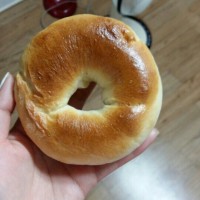 754*****scoreIt's great. Thank you2015-08-25 23:47
754*****scoreIt's great. Thank you2015-08-25 23:47
-
- Bibimbap Recommended recipe
-
-
1
 Making bean sprout bibimbap5.00(14)
Making bean sprout bibimbap5.00(14) -
2
 Cockle bibimbap! It's more delicious than buying it4.94(17)
Cockle bibimbap! It's more delicious than buying it4.94(17) -
3
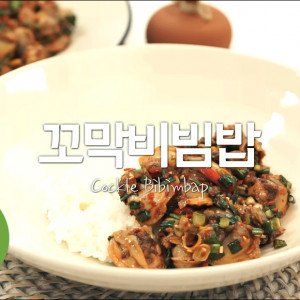 I'll tell you about cockle bibimbap from 1 to 10.4.87(31)
I'll tell you about cockle bibimbap from 1 to 10.4.87(31) -
4
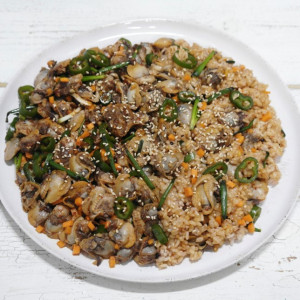 How to make cockle bibimbap in a cart bar at Umji's restaurant i5.00(26)
How to make cockle bibimbap in a cart bar at Umji's restaurant i5.00(26)
-
- chicken Recommended recipe
-
-
1
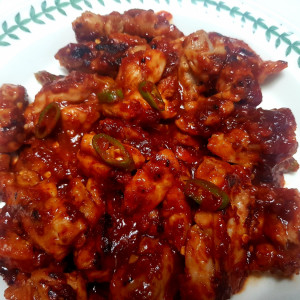 Imitating Zikova Chicken4.78(9)
Imitating Zikova Chicken4.78(9) -
2
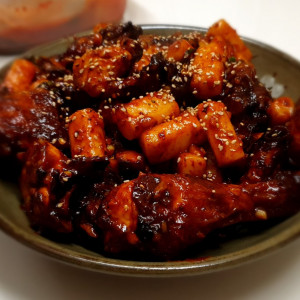 Imitating ZICOBA chicken 100%4.93(264)
Imitating ZICOBA chicken 100%4.93(264) -
3
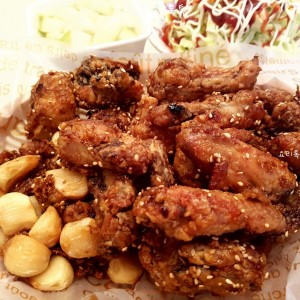 Healthy Chicken Made with Air Fryer Garlic soy sauce chicken4.83(6)
Healthy Chicken Made with Air Fryer Garlic soy sauce chicken4.83(6) -
4
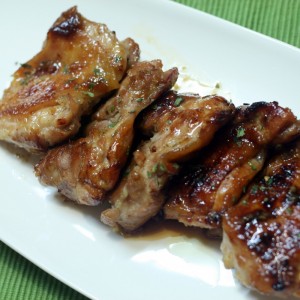 [Chicken teriyaki] A dish that you can enjoy at home on weekends4.87(170)
[Chicken teriyaki] A dish that you can enjoy at home on weekends4.87(170)
-